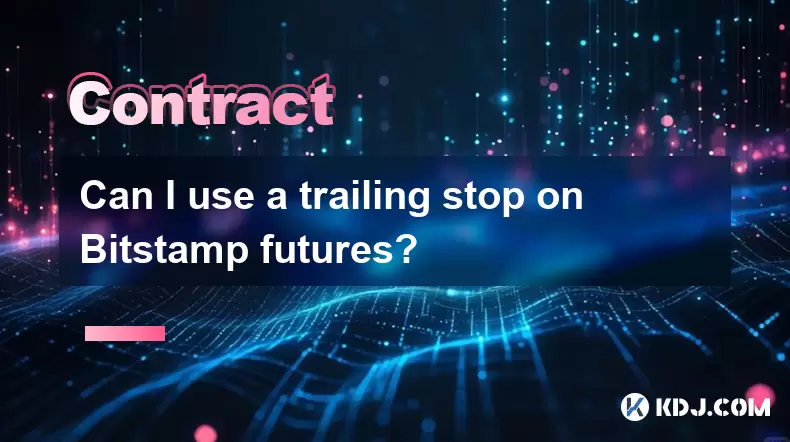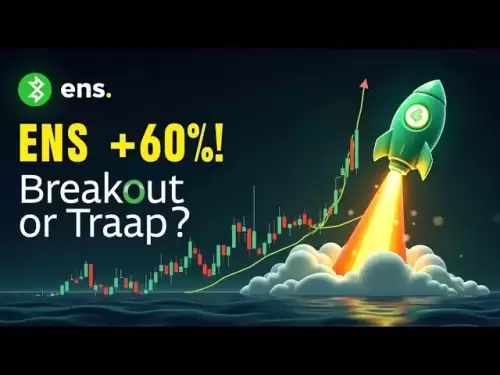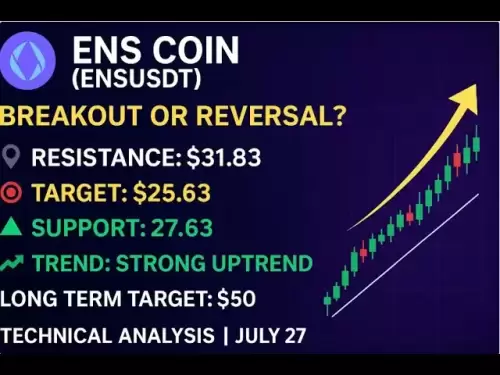-
 Bitcoin
Bitcoin $117900
0.31% -
 Ethereum
Ethereum $3766
0.28% -
 XRP
XRP $3.176
-0.31% -
 Tether USDt
Tether USDt $1.000
0.00% -
 BNB
BNB $795.6
1.51% -
 Solana
Solana $186.8
-1.09% -
 USDC
USDC $0.9999
-0.01% -
 Dogecoin
Dogecoin $0.2353
-1.33% -
 TRON
TRON $0.3226
1.49% -
 Cardano
Cardano $0.8172
-1.08% -
 Sui
Sui $4.178
3.06% -
 Hyperliquid
Hyperliquid $43.05
-3.39% -
 Stellar
Stellar $0.4367
-0.57% -
 Chainlink
Chainlink $18.62
1.47% -
 Hedera
Hedera $0.2828
6.63% -
 Bitcoin Cash
Bitcoin Cash $584.7
5.65% -
 Avalanche
Avalanche $24.81
2.53% -
 Litecoin
Litecoin $112.8
-0.88% -
 UNUS SED LEO
UNUS SED LEO $8.975
-0.08% -
 Shiba Inu
Shiba Inu $0.00001395
-1.07% -
 Toncoin
Toncoin $3.285
-1.05% -
 Ethena USDe
Ethena USDe $1.001
0.01% -
 Polkadot
Polkadot $4.123
0.76% -
 Uniswap
Uniswap $10.49
-0.18% -
 Monero
Monero $326.5
0.14% -
 Dai
Dai $0.9999
-0.02% -
 Bitget Token
Bitget Token $4.576
0.34% -
 Pepe
Pepe $0.00001247
-1.55% -
 Cronos
Cronos $0.1400
3.77% -
 Aave
Aave $295.1
-0.73%
Principles of OKX leveraged trading
Leveraged trading on OKX allows traders to amplify their buying power by borrowing funds, but it's crucial to understand the risks involved and manage them effectively.
Nov 13, 2024 at 03:20 pm

Principles of OKX Leveraged Trading
Leveraged trading is a trading strategy that allows traders to amplify their buying power by borrowing funds from a broker. This strategy can magnify both profits and losses, making it a potentially risky but rewarding approach to trading. OKX, a leading cryptocurrency exchange, offers a variety of leveraged trading options, making it an attractive platform for traders looking to maximize their potential returns.
In this comprehensive guide, we will delve into the principles of OKX leveraged trading, providing a detailed overview of the following key aspects:
- Understanding Leveraged Trading
- Choosing the Right Leverage Ratio
- Managing Risk Effectively
- Using Stop-Loss and Take-Profit Orders
- Advanced Leveraged Trading Techniques
1. Understanding Leveraged Trading
Leveraged trading involves borrowing capital from a broker to increase the size of a trade. This allows traders to control a larger position than they would be able to with their own capital. For example, with 2x leverage, a trader can control a position twice the size of their initial investment. Similarly, with 5x leverage, a trader can control a position five times the size of their initial investment.
While leverage can magnify profits, it can also amplify losses. It is important to note that leveraged trading is a double-edged sword. Traders who do not manage their risk effectively can quickly lose their entire investment.
2. Choosing the Right Leverage Ratio
The leverage ratio is one of the most critical variables in leveraged trading. It determines the amount of borrowed capital that will be used to amplify the trader's position. Choosing the right leverage ratio is vital for balancing potential rewards and risks.
- Low Leverage Ratio (e.g., 2x): Suitable for beginner traders or those with a conservative risk appetite. Low leverage minimizes potential losses but also limits potential profits.
- Medium Leverage Ratio (e.g., 5x): Offers a balance between risk and reward. It amplifies both profits and losses, but to a manageable extent.
- High Leverage Ratio (e.g., 10x or higher): Suitable for experienced traders willing to take on higher risks. High leverage ratios can potentially yield significant profits, but they also amplify losses, making them unsuitable for beginners.
3. Managing Risk Effectively
Risk management is paramount in leveraged trading. Traders must employ strategies to minimize potential losses and preserve their capital. Here are some essential risk management principles:
- Using Stop-Loss Orders: Stop-loss orders automatically close a position when the price falls to a predetermined level, limiting losses.
- Using Take-Profit Orders: Take-profit orders automatically close a position when the price reaches a predetermined level, securing profits.
- Hedging: Hedging involves opening opposite positions in different assets to offset potential losses.
- Monitoring Market Conditions: Closely monitoring market conditions and adjusting positions accordingly is crucial for effective risk management.
4. Using Stop-Loss and Take-Profit Orders
Stop-loss and take-profit orders are essential tools for managing risk and securing profits in leveraged trading.
- Stop-Loss Orders: Stop-loss orders are used to limit losses by automatically closing a position when the price falls to a predetermined level. They help ensure that losses do not exceed a trader's predefined tolerance.
- Take-Profit Orders: Take-profit orders are used to secure profits by automatically closing a position when the price reaches a predetermined level. They help lock in gains and prevent reversals that could erode profits.
5. Advanced Leveraged Trading Techniques
Once a trader has mastered the basics of leveraged trading, they can explore more advanced techniques to enhance their profits. Advanced techniques include:
- Grid Trading: Grid trading involves placing a series of buy and sell orders at predetermined intervals across a price range. It aims to profit from market volatility without the need for constant monitoring.
- Leverage Hedging: Leveraged hedging involves using leverage to hedge risk in an existing position by opening an opposite position in a correlated asset.
- Leveraged Arbitrage: Leveraged arbitrage takes advantage of price differences between different exchanges. It involves buying an asset on one exchange and selling it on another at a higher price, amplifying the return through leverage.
Disclaimer:info@kdj.com
The information provided is not trading advice. kdj.com does not assume any responsibility for any investments made based on the information provided in this article. Cryptocurrencies are highly volatile and it is highly recommended that you invest with caution after thorough research!
If you believe that the content used on this website infringes your copyright, please contact us immediately (info@kdj.com) and we will delete it promptly.
- Ruvi AI: The Next Solana? Riding the AI Token Wave on CoinMarketCap
- 2025-07-28 00:50:16
- BlockDAG, Crypto Coin, XRP, ADA, and SUI: Navigating the 2025 Crypto Landscape
- 2025-07-28 00:30:16
- Riding the Bulls: ROI Tokens and the 2025 Momentum
- 2025-07-28 00:55:14
- Coinbase Wallet: Security, Reviews, and What's the Hype?
- 2025-07-28 00:30:16
- Crypto ETFs and Altcoins: Navigating the Wild West with Meme Coins and Tokenized Assets
- 2025-07-27 23:04:06
- Pi Coin in 2026: Will It Be Worth the Wait?
- 2025-07-27 23:10:12
Related knowledge

Why is my Bitstamp futures position being liquidated?
Jul 23,2025 at 11:08am
Understanding Futures Liquidation on BitstampFutures trading on Bitstamp involves borrowing funds to open leveraged positions, which amplifies both po...

Does Bitstamp offer inverse contracts?
Jul 23,2025 at 01:28pm
Understanding Inverse Contracts in Cryptocurrency TradingIn the realm of cryptocurrency derivatives, inverse contracts are a specific type of futures ...

What is the difference between futures and perpetuals on Bitstamp?
Jul 27,2025 at 05:08am
Understanding Futures Contracts on BitstampFutures contracts on Bitstamp are financial derivatives that allow traders to speculate on the future price...

How to find your Bitstamp futures trade history?
Jul 23,2025 at 08:07am
Understanding Bitstamp and Futures Trading AvailabilityAs of the current state of Bitstamp’s service offerings, it is critical to clarify that Bitstam...

Can I use a trailing stop on Bitstamp futures?
Jul 23,2025 at 01:42pm
Understanding Trailing Stops in Cryptocurrency TradingA trailing stop is a dynamic type of stop-loss order that adjusts automatically as the price of ...

Can I use a trailing stop on Bitstamp futures?
Jul 25,2025 at 02:28am
Understanding Trailing Stops in Cryptocurrency Futures TradingA trailing stop is a dynamic type of stop-loss order that adjusts automatically as the m...

Why is my Bitstamp futures position being liquidated?
Jul 23,2025 at 11:08am
Understanding Futures Liquidation on BitstampFutures trading on Bitstamp involves borrowing funds to open leveraged positions, which amplifies both po...

Does Bitstamp offer inverse contracts?
Jul 23,2025 at 01:28pm
Understanding Inverse Contracts in Cryptocurrency TradingIn the realm of cryptocurrency derivatives, inverse contracts are a specific type of futures ...

What is the difference between futures and perpetuals on Bitstamp?
Jul 27,2025 at 05:08am
Understanding Futures Contracts on BitstampFutures contracts on Bitstamp are financial derivatives that allow traders to speculate on the future price...

How to find your Bitstamp futures trade history?
Jul 23,2025 at 08:07am
Understanding Bitstamp and Futures Trading AvailabilityAs of the current state of Bitstamp’s service offerings, it is critical to clarify that Bitstam...

Can I use a trailing stop on Bitstamp futures?
Jul 23,2025 at 01:42pm
Understanding Trailing Stops in Cryptocurrency TradingA trailing stop is a dynamic type of stop-loss order that adjusts automatically as the price of ...

Can I use a trailing stop on Bitstamp futures?
Jul 25,2025 at 02:28am
Understanding Trailing Stops in Cryptocurrency Futures TradingA trailing stop is a dynamic type of stop-loss order that adjusts automatically as the m...
See all articles

























































































